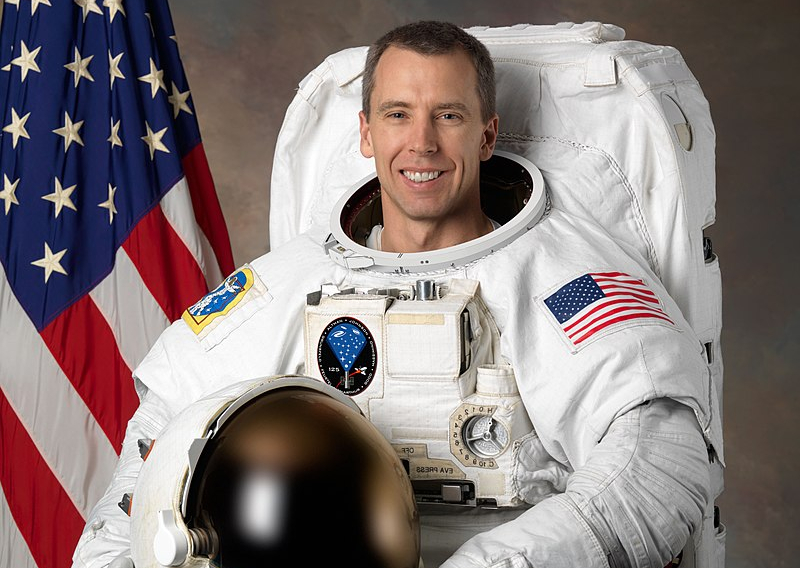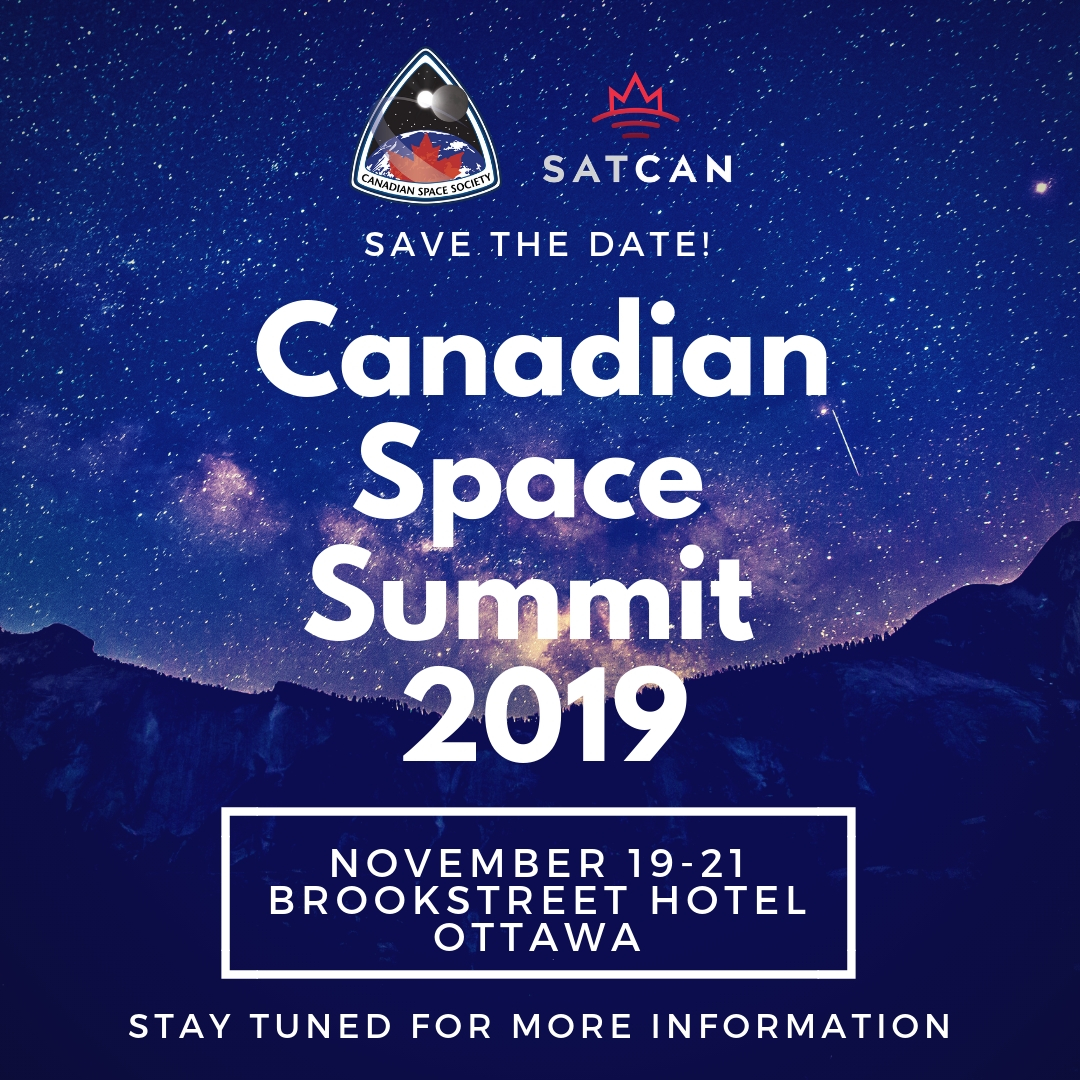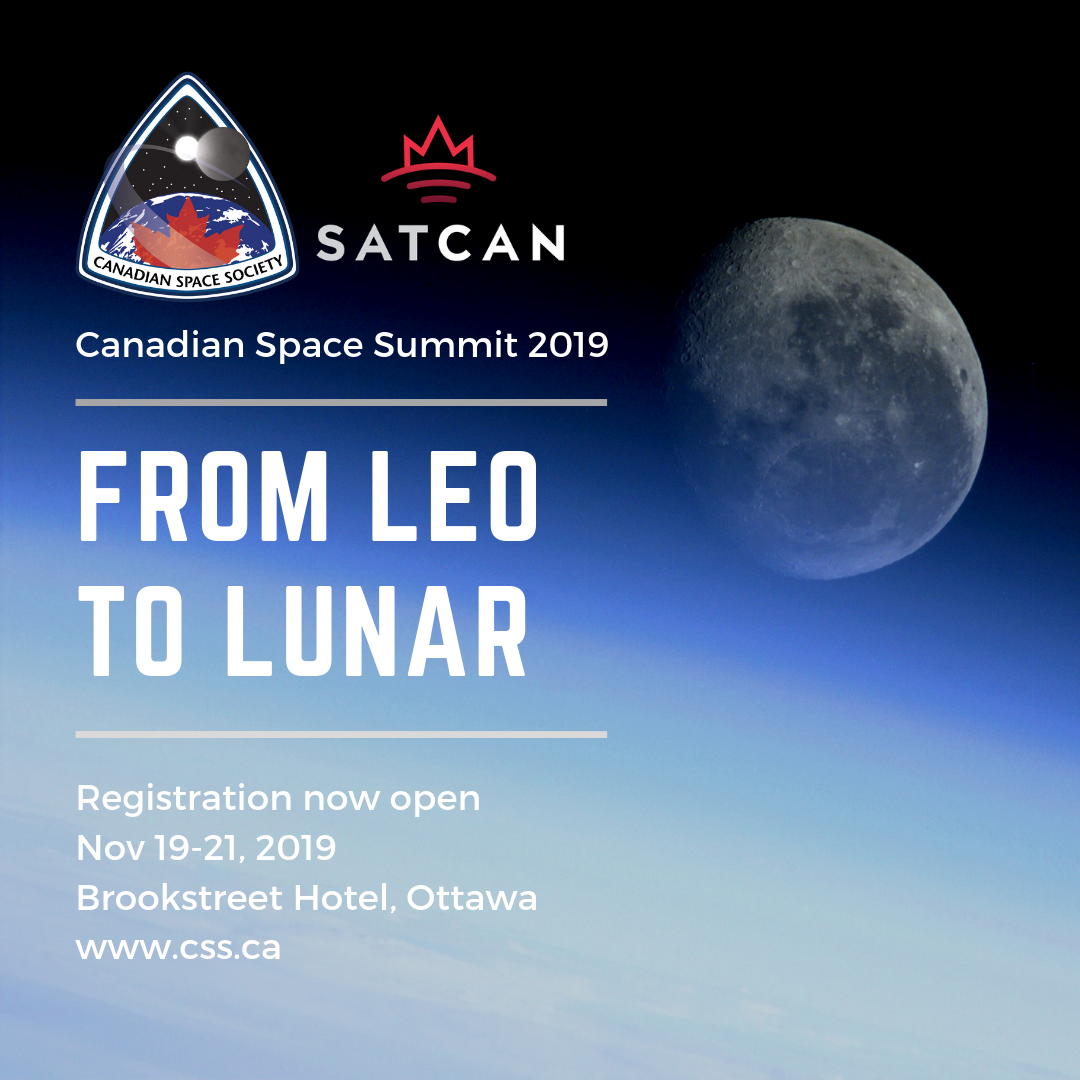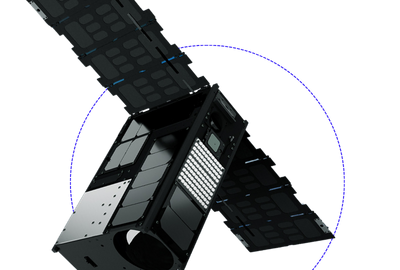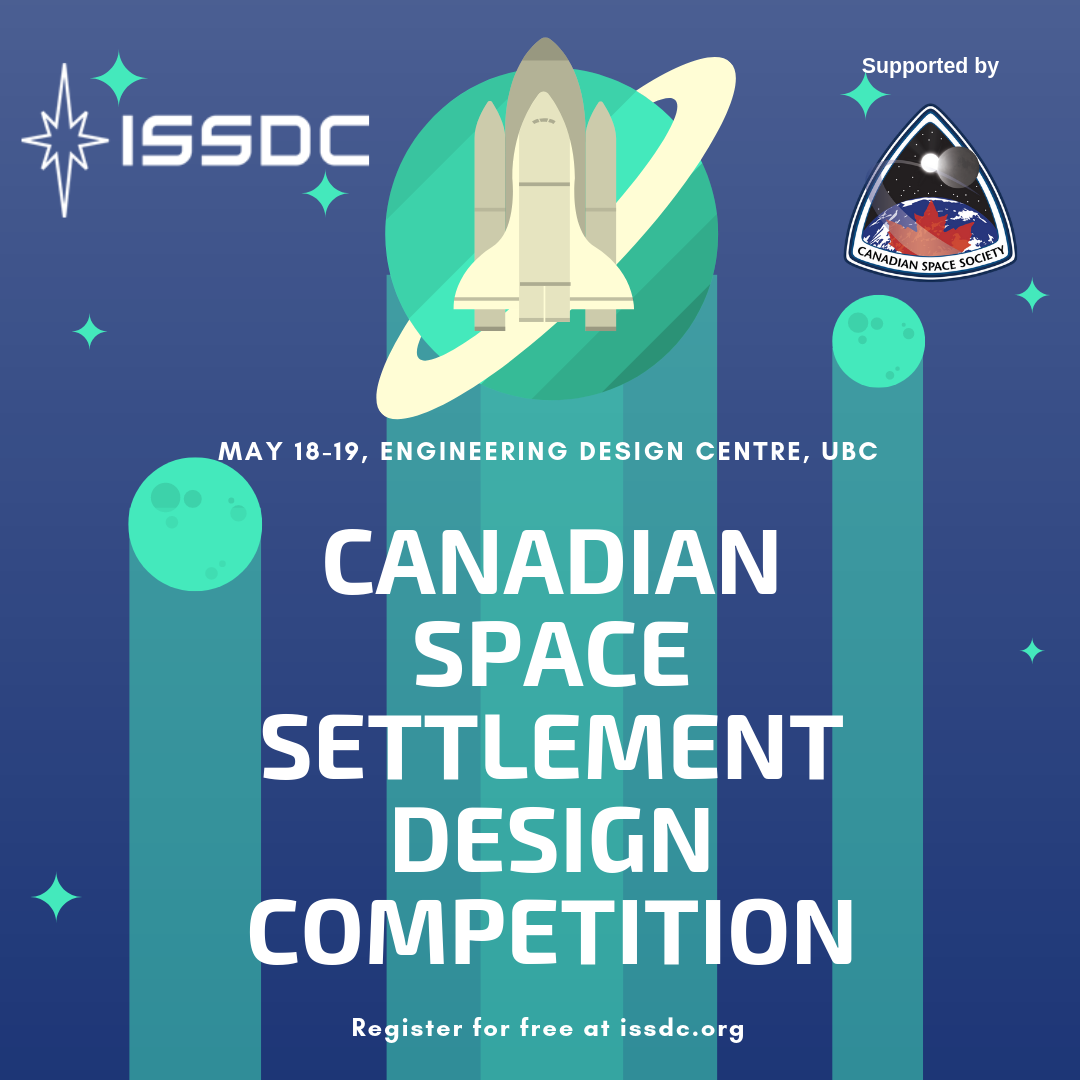We met up with Dr Drew Feustel recently retired dual citizenship Canada/America astronaut about his new position as the Executive Vice President of Strategy for the Canadian Space Mining Corporation (CSMC). Interview between Joshua Sorell and Dr. Drew Feustel

Q: Tell us about who you are?
A: My name is Drew Feustel. I’m formerly an astronaut with NASA for 23 years and just recently retired and beginning work with the Canadian Space Mining Corporation. Which is a relatively new company in Canada with some pretty lofty goals about space and exploration and just happy to be going along for the ride and help to grow the company and create some opportunities in space exploration, human space exploration in particular.
Q: As an Astronaut that repaired the Hubble Space Telescope did you ever carve your initials on it?
A: No, I never carved my initials, but I like to think that we left some lasting, not really marks, but impressions on the telescope and capabilities. We serviced the telescope on that mission in 2009 as the last time astronauts were there to make repairs and probably the last time we will be back, although you never know what the future holds. We preformed Installation of the wide field three camera and repairs of the STIS and the advanced camera for surveys. All those instruments that are still working today and doing a great job. So I guess, technically, I didn’t carve my initials in the telescope, but I definitely left a mark and hopefully a positive one and allowing the telescope to continue to operate for all these years and hopefully many more to come.
Q: What was it like to be part of the MaxQ the astronaut band?
A: It was a great experience. the astronaut band, I think it has been around since about 1986 and has always had members of the astronaut core, not only American, but international as well. We’ve been operating for all those decades and continue to this day, although we’re much less active over the last, probably 10 years than we had in the years before that, mainly due to a reduction in the office size and some retirement of some of the band members, including myself now, but we’re hoping to see a revitalization of the of the group. We’ve got a few of the members of the newest astronaut class are interested in. Dusting off the instruments and all the gear and trying to get some performances from Max Q back out on the road. It was a great experience. It was a great way to interact with the public and share the excitement of what we felt about human space exploration, but also just to entertain people. Max Q is a great novelty band where we’re all members of human space flight throughout our careers, either were new astronauts or veteran astronauts but it was really great time to be together and share those experiences.
Q: Did you ever play with Chris Hadfield?
A: I have played with Chris Hadfield, Chris Hadfield and I are old friends. In fact, Chris Hadfield is the 1st astronaut that I ever met back in 1997 and I attribute Chris to my success in being selected as an astronaut and ultimately serving in the astronaut course. We go way back. We share a lot of common interest, not only in playing music, but also water skiing and snow skiing. Something that we’ve done together and consider one of my good friends from the Astronaut Corps. He has done great things for awareness in human spaceflight and really publicizing all the activities that are going on and popularizing what’s happening with space exploration.
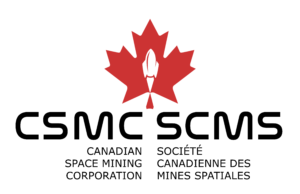
Q: Tell us about the Canadian Space Mining Corporation.
A: Okay you hopefully you’ve read a little bit in the media about who the Canadian Space Mining Corporation is and what their plans and goals are, they’ve got a lot of great motivation and intention with expanding access to space and science and research in space. Really growing off of the developments and momentum right now in the human space sector and the space sector in general as part of the Artemis programs intended to get humans back to the surface of the moon. The name is a little bit of a misnomer and it’s not just about space mining. It’s about a few other things which you may have read about including health care, telehealth care, power supply systems and then ultimately, in situ resource utilization on either the moon or planetary orbiting bodies. So that’s what’s really important to recognize is that the Canadian Space Mining Corporation, is really about doing meaningful work in space for the benefit of humans and trying to find ways to develop what we call sort of dual use technologies that are applicable, not only On orbiting bodies, but potentially here on the surface of Earth in in remote communities or places that might benefit from the advances in technologies that a company like this can help develop.
Q: What is your new role at the Canadian space mining corporation (CSMC).
A: My specific title is the Executive Vice President of Strategy for the company. That’s the role that I’m starting to grow into. I’ve only really been at it for a couple of weeks. I’m learning about the company. They’re learning about me. The company is growing moderately quickly, gaining some traction, and support of the Canadian Space Agency. Some of the awards that they’ve won have been in support of the Canadian Space Agency. My job will be to help with strategy and making sure that the work that we plan to do in the future is important and meaningful and has a good likelihood of success. that’s where I’m at right now and hoping to just continue in that role and learn more as I learn more and more about the company, I think we’ll be able to grow the position and some of the opportunities in the years to come for CSMC.
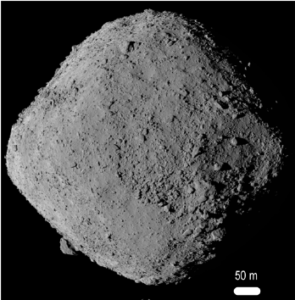
Q: The OSIRIS-REx mission to return an asteroid sample is delivering its sample to earth this September is the CSMC involved in any of the sample processing that will go on?
A: We are not. I’m as excited as everybody else is to see what the samples look like, what the results are. I’m sure there’s going to be decades of scientific data coming out of the research and analysis that is being undertaken with that material. It’s very exciting. We are not part of that project but who knows what the future holds for any of us. It might help us understand better what some of the long-term strategy goals would be for a company like CSMC to go after materials in space.
Q: Does the CSMC plan to make use of any open-source material. There is Consensys Space or the Canadian CubeSat project, where the universities involved have released material online as open source.
A: At current we’re not working with open-source technologies and opportunities. CSMC is currently a private organization so that’s not a technology that we’re embracing, but we are attempting to work and integrate with universities and the different incubator hubs and organizations to help grow the company, grow concepts, bring in other partners that are working on novel ideas.
Q: Can you talk about the different projects that CSMC is pursuing?
A: There is near-term, mid-term, and long-term goals. Near term has already been kicked off which is the remote health, or what I sort of consider telehealth, assisted health with these prefab modules (Connected Care Capsules C3) that can contain health access systems in them. This is what we think of as a dual use technology. You could use it not only on earth in the northern territories, but potentially put it on the surface of a planet. That’s a great near-term goal, strategy, and vision for the company in a way to get off the ground, build a name for the ability of the company to produce actual hardware and components and deliver on contracts.
Then mid-term, LEUNR, which is around the concept of micro reactors and small modular reactors, based on heritage Canadian technology in the nuclear industry. the goal here being to provide low mass, volume, cost, low risk nuclear power sources that are going to be critical for work on the lunar surface and anywhere else that humans explore. To be able to have those power supplies available for long term, reliable power, but also potentially to use those in in remote communities where currently we’re relying on diesel generators and petroleum-based energy sources that cause problems with respect to particulates and pollution and carbon generation and carbon production into the atmosphere.
Finally, long-term, in situ resource utilization, looking at harvesting the frozen regolith of the moon in the shaded regions for oxygen, hydrogen, methane, other metals, and materials to be able to build infrastructure in space and have those resources available to us in space so that we don’t have to launch them off the planet and struggle with Earth’s gravity. That’s our biggest challenge and if we can create novel approaches to manufacturing and production in space, that are cost effective and align well with different business models, then I think that’s a capability we should be looking at. CSMC is really striving to create a leadership role for Canada to have a place in the world economy of space exploration to support those activities.
Q: That’s most of the questions, is there any closing remarks you would like to add?
A: Joining CSMC was a great opportunity to find a way to apply my skills and background to something that’s interested me for a long time. I look forward to the growth of the organization and the continued support and interest from the community in what we’re doing and CSMC representing Canada in the space exploration industry.

